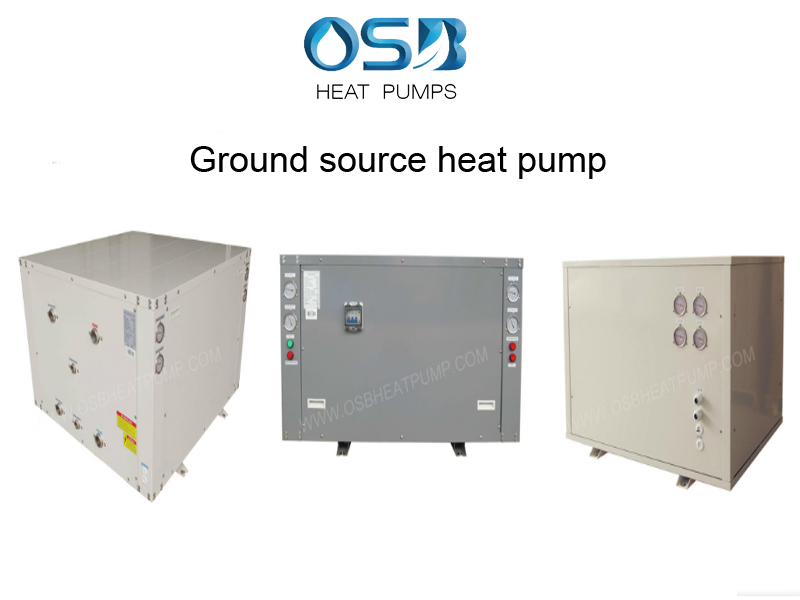Difference between ground source heat pump and water source heat pump
A. definition differences:
Ground source heat pump (GSHP) and water source heat pump (WSHP) conceptually refer to the system, that is, the GSHP system and the WSHP system, rather than the main engine. Many people have misunderstandings in this respect. In other words, the main engine of GSHP and WSHP is the same as the main engine of WSHP.
The ground source heat pump (GSHP) or water source heat pump (WSHP) is the source of the main source water. If it is a ground source heat pump, then its water source comes from the closed loop of the underground buried pipe. The water at the source side exchanges heat with the underground pipe without material exchange. This is what we usually call ground source heat pump. The representation method in Europe and America is geothermal heat pump.
Water source heat pump (WSHP) differs from other heat pumps in that the source water is directly taken from groundwater or river water or sea water. It is an open type. Water is directly taken for heating or discharging heat and discharged back to the original water point as required. It only uses the energy in natural water. This form is called water source heat pump.

B. The difference of simple understanding:
1. Ground source heat pump is an outdoor perforation, occupying a larger area than water source heat pump.
2. Water source heat pump is used to drill wells outdoors, but now the government’s approval for drilling wells is more complicated (water source heat pump needs to drill wells, usually with the approval of the water bureau). Ground source heat pump countries do not need relevant approval procedures.
3. Ground source heat pump has higher investment than external part of water source heat pump chamber.

